Vesrato Virus Removal (+.Vesrato File Recovery)
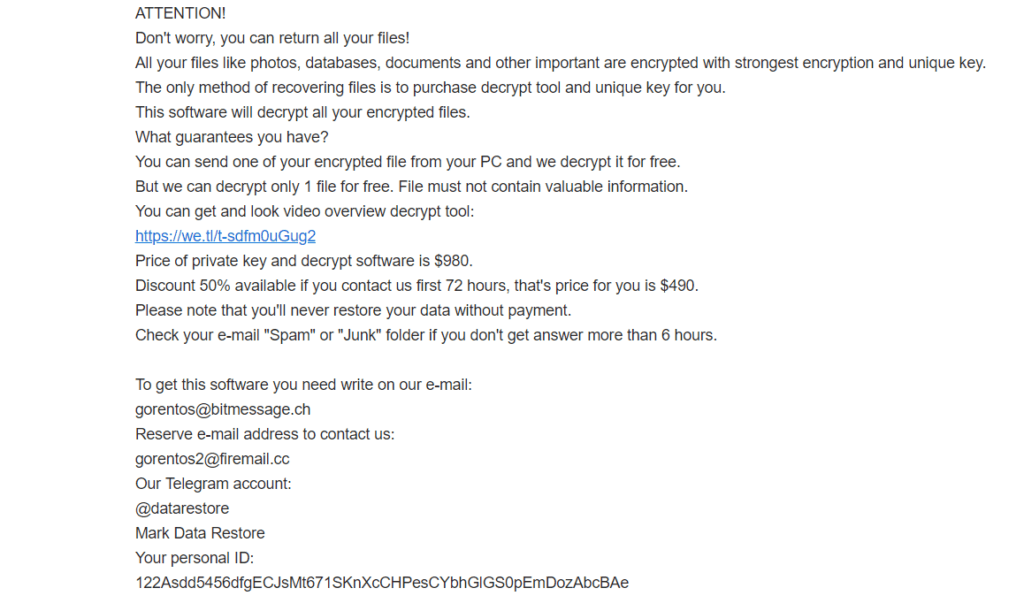
In this post, we will tell you about the Ransomware cryptoviruses, primarily focusing on one new such infection named Vesrato. If you are a victim of this threat, or if you simply want to learn more about the characteristics of these insidious malware programs, make sure to read all of the information offered below and to also take a look at the removal guide at the bottom.
Main characteristics of the .Vesrato virus
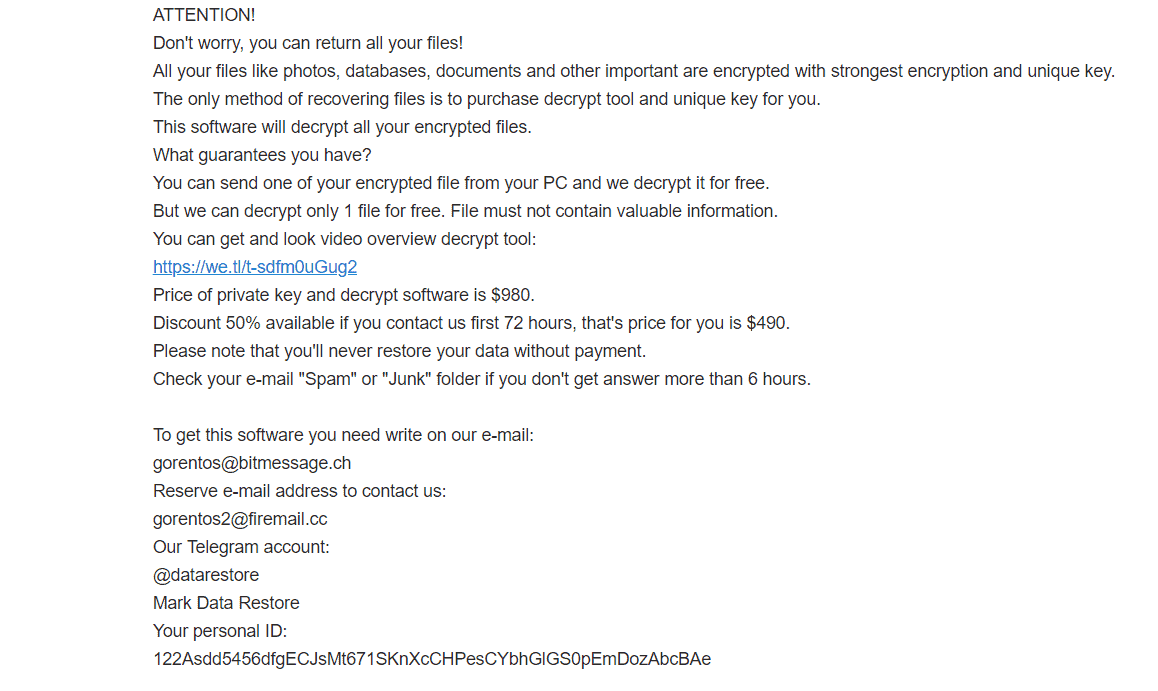
Vesrato is a Ransomware program of the cryptovirus category. It’s task is to make the files in your computer inaccessible. Normally, viruses like it target data which is likely to be important to the attacked user – text documents, image files, audio files, videos, spreadsheets, presentations, and more.
All of this is done with the purpose of giving the creators of the malware the leverage they need to blackmail you. Once the encryption process is over, the victim of the Ransomware is presented with an intimidating message that pops-up on their screen, informing the user about exactly what has happened to their data, and giving them instructions on how to make a ransom payment. If the payment is made, the user would be sent an access key, which is capable of unlocking the sealed files – or so the hackers say in their message.
Though sometimes possible, the restoration of the files without the decryption key, may oftentimes not be an option. However, it is important to understand that even the payment of the ransom doesn’t give you any guarantees about whether or not you would actually receive the needed key – any promises made by such hackers are void until you actually see that the promise is kept. Therefore, there is no reason to trust the criminals who claim that they will give you the access key to your files as soon as you carry out the payment.
The .Vesrato file lockdown – other solutions?
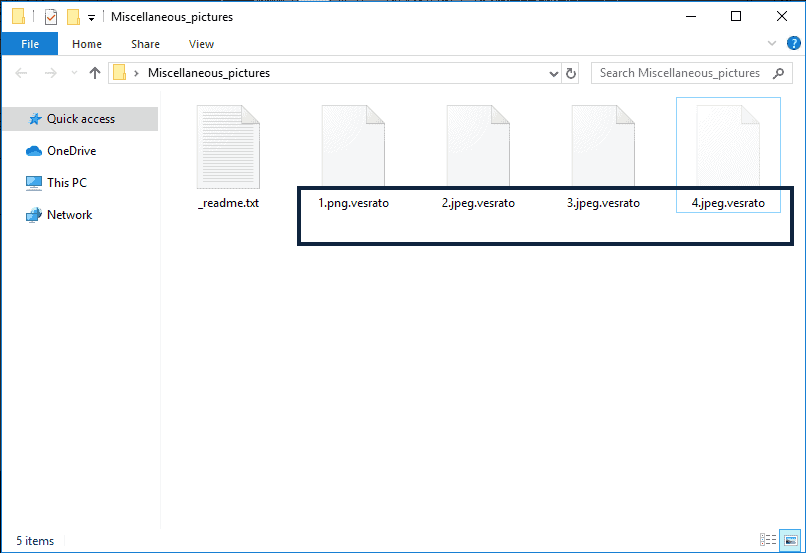
As we said, without a working access key, there may not be an effective method of restoring your files. Still, there are certain things you can try, which do not involve putting your money on the line.
However, the first thing you must do before you attempt to recover anything is remove the virus. The guide offered below will show you how you can do that. You can either use the manual instructions or try out the advanced removal tool linked in there. Of course, you can use both, which is actually what we would advise you to do, as this would give you the highest chance of success.
Now, after you have dealt with the insidious Vesrato, Coharos or Nasoh you can try the suggested alternative recovery methods that you will see in the second part of our guide. They may work in some cases, and prove to be ineffective in others – we cannot tell you what will happen in your case, so you have to see for yourself. The good news here is that trying those alternative methods won’t cause any harm, and it will also not require you to spend your money by sending it to the blackmailers behind Vesrato.
Vesrato SUMMARY:
| Name | Vesrato |
| Type | Ransomware |
| Danger Level | High (Vesrato Ransomware encrypts all types of files) |
| Symptoms | Vesrato Ransomware is hard to detect and aside from increased use of RAM and CPU, there would barely be any other visible red flags. |
| Distribution Method | Most of the time, Trojans get distributed through spam e-mails and social network messages, malicious ads, shady and pirated downloads, questionable torrents and other similar methods. |
Remove Vesrato Ransomware
1: Preparations
Note: Before you go any further, we advise you to bookmark this page or have it open on a separate device such as your smartphone or another PC. Some of the steps might require you to exit your browser on this PC.
2: Task Manager
Press Ctrl + Shift + Esc to enter the Task Manager. Go to the Tab labeled Processes (Details for Win 8/10). Carefully look through the list of processes that are currently active on you PC.
If any of them seems shady, consumes too much RAM/CPU or has some strange description or no description at all, right-click on it, select Open File Location and delete everything there.

Also, even if you do not delete the files, be sure to stop the process by right-clicking on it and selecting End Process.
3: IP related to Vesrato
Go to c:\windows\system32\drivers\etc\hosts. Open the hosts file with notepad.
Find where it says Localhost and take a look below that.

If you see any IP addresses there (below Localhost) send them to us here, in the comments since they might be coming from the Vesrato.
[add_forth_banner]
4: Disable Startup programs
Re-open the Start Menu and type msconfig.
Click on the first search result. In the next window, go to the Startup tab. If you are on Win 10, it will send you to the Startup part of the task manager instead, as in the picture:

If you see any sketchy/shady looking entries in the list with an unknown manufacturer or a manufacturer name that looks suspicious as there could be a link between them and Vesrato , disable those programs and select OK.
5: Registry Editor
Press Windows key + R and in the resulting window type regedit.
Now, press Ctrl + F and type the name of the virus.
Delete everything that gets found. If you are not sure about whether to delete something, do not hesitate to ask us in the comments. Keep in mind that if you delete the wrong thing, you might cause all sorts of issues to your PC.
6: Deleting potentially malicious data – Vesrato
Type each of the following locations in the Windows search box and hit enter to open the locations:
%AppData%
%LocalAppData%
%ProgramData%
%WinDir%
%Temp%
Delete everything you see in Temp linked to Vesrato Ransomware. About the other folders, sort their contents by date and delete only the most recent entries. As always, if you are not sure about something, write to us in the comment section.
7: Vesrato Decryption
The previous steps were all aimed at removing the Vesrato Ransomware from your PC. However, in order to regain access to your files, you will also need to decrypt them or restore them. For that, we have a separate article with detailed instructions on what you have to do in order to unlock your data. Here is a link to that guide
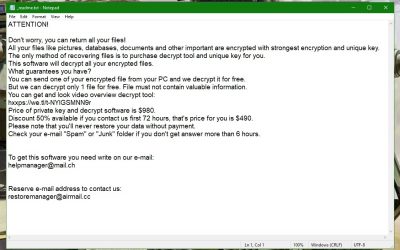
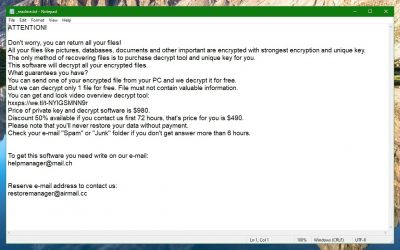
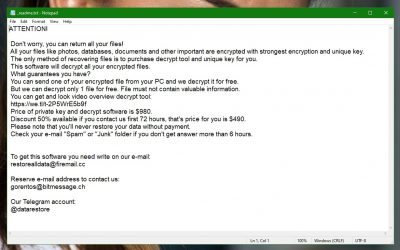



Hey do you have any decryptr for .vesrato? please help me out in this. just a few hours ago ransomware attacked my lappy. I did everything but I just need a decryptr.
If you got anything please email me on [email protected]
Thanks and Regards
My laptop has been infected with ransomware and ALL data files encrypted and appended with “vesrato” extension. Used spyhunter to identify infection and followed your suggestions to delete the identified infections – Generictool.exe and SiSoft and regedit to delete vesrato from registry. New data files do not seem to be infected yet.
Can you please please provide a solution on how to decrypt and recover my data files.
Deep thanks.